-

-
Alexander Rodchenko
Russian FederationArt Brokerage: Alexander Rodchenko Russian Artist: b. 1891-1956. Aleksander Mikhailovich Rodchenko was a Russian artist, sculptor, photographer and graphic designer. He was one of the founders of constructivism and Russian design; he was married to the artist Varvara Stepanova. Rodchenko was one of the most versatile Constructivist and Productivist artists to emerge after the Russian Revolution. He worked as a painter and graphic designer before turning to photomontage and photography. His photography was socially engaged, formally innovative, and opposed to a painterly aesthetic. Concerned with the need for analytical-documentary photo series, he often shot his subjects from odd angles—usually high above or down below—to shock the viewer and to postpone recognition. He wrote: "One has to take several different shots of a subject, from different points of view and in different situations, as if one examined it in the round rather than looked through the same key-hole again and again." Rodchenko was born in St. Petersburg to a working-class family who moved to Kazan after the death of his father, in 1909. He become an artist without having had any exposure to the art world, drawing much inspiration from art magazines. In 1910, Rodchenko began studies under Nicolai Fechin and Georgii Medvedev at the Kazan Art School, where he met Varvara Stepanova, whom he later married. After 1914, he continued his artistic training at the Stroganov Institute in Moscow, where he created his first abstract drawings, influenced by the Suprematism of Kazimir Malevich, in 1915. The following year, he participated in "The Store" exhibition organized by Vladimir Tatlin, who was another formative influence. Rodchenko's work was heavily influenced by Cubism and Futurism, as well as by Malevich's Suprematist compositions, which featured geometric forms deployed against a white background. While Rodchenko was a student of Tatlin's he was also his assistant, and the interest in figuration that characterized Rodchenko's early work disappeared as he experimented with the elements of design. He utilized a compass and ruler in creating his paintings, with the goal of eliminating expressive brushwork. Rodchenko was appointed Director of the Museum Bureau and Purchasing Fund by the Bolshevik Government in 1920, responsible for the reorganization of art schools and museums. He became secretary of the Moscow Artists' Union and set up the Fine Arts Division of the People's Commissariat for Education, and helped found the Institute for Artistic Culture. He taught from 1920 to 1930 at the Higher Technical-Artistic Studios (VKhUTEMAS/VKhUTEIN), a Bauhaus organization with a "checkered career". It was disbanded in 1930. In 1921 he became a member of the Productivist group, with Stepanova and Aleksei Gan, which advocated the incorporation of art into everyday life. He gave up painting in order to concentrate on graphic design for posters, books, and films. He was deeply influenced by the ideas and practice of the filmmaker Dziga Vertov, with whom he worked intensively in 1922. Impressed by the photomontage of the German Dadaists, Rodchenko began his own experiments in the medium, first employing found images in 1923, and from 1924 on, shooting his own photographs as well. His first published photomontage illustrated Mayakovsky's poem, "About This", in 1923. From 1923 to 1928 Rodchenko collaborated closely with Mayakovsky (of whom he took several portraits) on the design and layout of LEF and Novy LEF, the publications of Constructivist artists. Many of his photographs appeared in or were used as covers for these journals. His images eliminated unnecessary detail, emphasized dynamic diagonal composition, and were concerned with the placement and movement of objects in space. During this period, he and Stepanova did the well-known painted panels of the Mosselprom building in Moscow. Their daughter, Varvara Rodchenko, was born in 1925. Throughout the 1920s, Rodchenko's work was very abstract. In the 1930s, with the changing Party guidelines governing artistic practice, he concentrated on sports photography and images of parades and other choreographed movements. Rodchenko joined the October Circle of artists in 1928 but was expelled three years later, charged with "formalism". He returned to painting in the late 1930s, stopped photographing in 1942, and produced abstract expressionist works in the 1940s. He continued to organize photography exhibitions for the government during these years. He died in Moscow in 1956.
Read More + - Create Listing 0 Artworks for sale 5 Followers
-
We are actively seeking listings for Alexander Rodchenko.
Create a free listing or free wanted ad.
-
Art Wanted
We have interested buyers looking for these artworks by Alexander Rodchenko:
- CREATE AD
- Art Brokerage Requests (1)



























